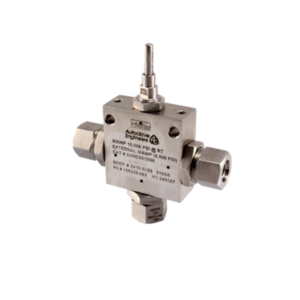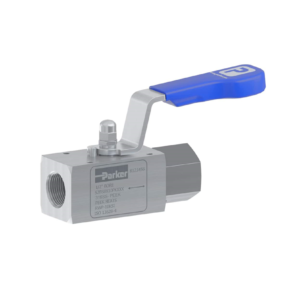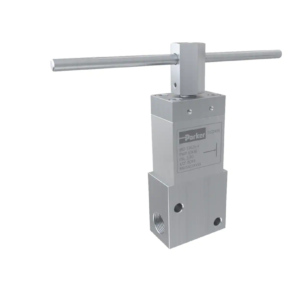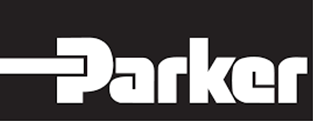Sub sea Valves
Showing all 3 results
-
Sale!

High Pressure Subsea Ball Valves
Original price was: £1,000.00.£800.00Current price is: £800.00.- One piece, trunnion mounted stem design.
- Full port flow path minimizes pressure drop.
- PEEK seats for excellent chemical, heat and wear resistance.
- Available to NACE MR-01-75
- Manufactured from cold worked stainless steel.
- Optional O-rings materials available.
- Adaptable for Remote Operated Vehicle (ROV) operation.
- Optional wetted materials.
- Wide selection of tube and pipe end connections.
-
Sale!

Subsea Ball Valve
Original price was: £1,000.00.£800.00Current price is: £800.00.- Two-piece, floating ball style, side-entry construction
- Bi-directional liquid flow
- PEEK seats offer excellent resistance to chemicals, heat, and wear/abrasion
- Un-obstructed 10mm flow path
- Low friction, pressure assisted PTFE shaft seal increases cycle life and reduces operating torque
- Additional seals engineered to prevent water and silt ingress to any threaded or rotating parts
- Designed to accept multiple types of tube and pipe end connections
- Available in a variety of corrosion-resistant materials
- Designed and tested to API 17D/API 6A standards
-
Sale!

Subsea Needle Valve
Original price was: £1,000.00.£800.00Current price is: £800.00.Parker’s non-rising, non-rotating stem needle valve designed specifically to deliver smooth, low-torque performance in subsea applications. Featuring metal-to-metal seat for bubble-tight shut-off, longer stem/seat life, greater durability for repeated on/off cycles and reinforced PTFE/PEEK chevron packing below stem threads for dependable stem and body sealing. This subsea needle valve incorporates additional o-ring seals, which prevent the ingress of sea water into the valve which could adversely affect the operation of the valve as well as contaminate the process fluid.
The uni-directional valves are available in a range of corrosion-resistant alloys and are suitable for equipment located at depths down to 3,050m.
The valves are designed to facilitate operation either manually or by a Remotely Operated Vehicle (ROV).
Parker’s subsea needle valves have been designed to meet or exceed the rigorous qualification test requirements of API 17D PSL 3/3G. The design’s structural integrity and performance have been confirmed by Lloyds inspectors witnessing the API 17D valve design validation protocol. This was carried out on the base 316SS model and included the API 6A PR2F PSL3/3G uni-directional testing protocol as well as the API 17D Hyperbaric test protocol.




